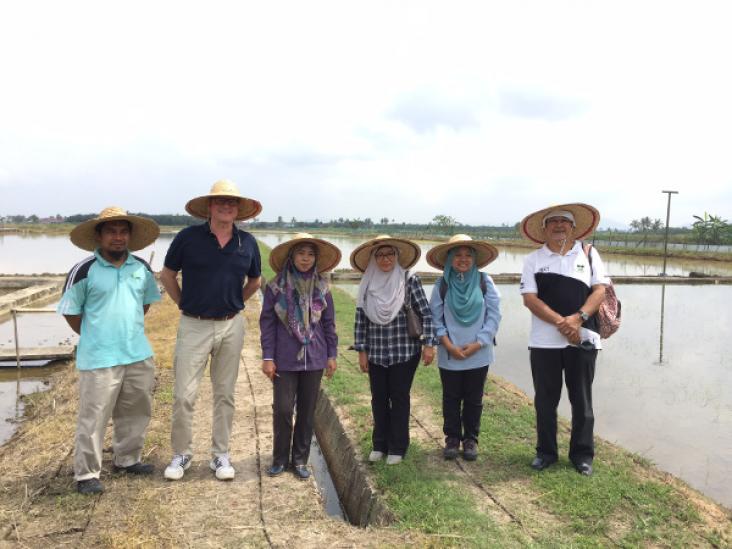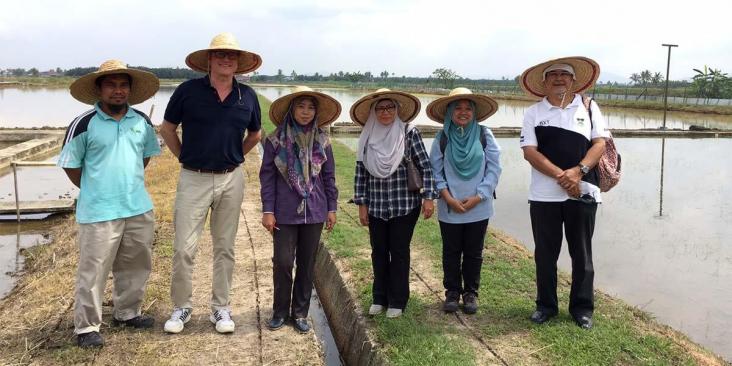
The winner of the first ever Green and Sustainable Chemistry Challenge, Dr Suzana Yusup, invited Rob van Daalen (publisher Chemistry and initiator of the Challenge) to make a site visit to see the progress of her project "Biopesticide for Improvement of Paddy Yield". The visit made clear that the Elsevier sustainability program and specifically this challenge have a positive impact on health, environment and society in local communities in Malaysia, enhancing efforts to advance SDGs 1, 6, 12 and 15.

This article highlights one of the winning proposals of the Elsevier Foundation Green & Sustainable Chemistry Challenge - “Biopesticides for improved paddy yield” - led by researcher Dr. Suzana Yusup. Her work shows how bio-pesticides can be safer and more effective than traditional pesticides, contributing to SDGs 8, 12, 13 and 15.
Using newly-released and globally available high-resolution remote sensing data on forest loss, we update the assessment of the cross-country determinants of deforestation in developing countries.
This literature review identifies the impacts of different renewable energy pathways on ecosystems and biodiversity, and the implications of these impacts for transitioning to a Green Economy.
This book chapter advances SDGs 15 and 2 by discussing basic soil physical, chemical, and biological properties and explores the interrelationships between different soil properties and functions as essential building blocks for a healthy functioning soil system.
Reducing large-scale deforestation in commodity frontiers remains a key challenge for climate change mitigation and the conservation of biodiversity.
Elsevier,
Agricultural Systems (Second Edition), Agroecology and Rural Innovation for Development, 2017, Pages 33-72
This book chapter addresses goals 11, 15, 12 and 13 by examining the ecological principles that provide a foundation for resilient and sustainable agriculture that supports rural livelihoods.
Natural World Heritage Sites (NWHS), via their formal designation through the United Nations, are globally recognized as containing some of the Earth's most valuable natural assets.
Natural World Heritage Sites (NWHS), via their formal designation through the United Nations, are globally recognized as containing some of the Earth's most valuable natural assets.
Trees, and their derivative products, have been used by societies around the world for thousands of years.
